Hiroshima Survivors' Artworks to be Displayed in UK for First Time


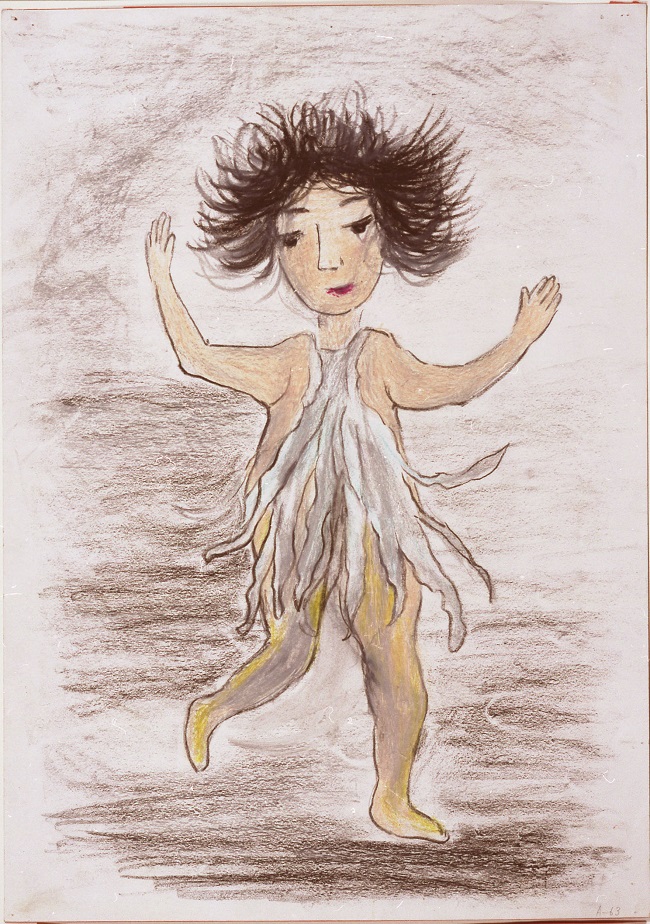


Artworks showing the harrowing impact of the Hiroshima atomic bombing are to be displayed for the first time in the UK.
The powerful paintings, created by the "hibakusha" or survivors of the nuclear bomb that was nicknamed Little Boy, will be shown at the Manchester Art Gallery as part of its major Sensory War exhibition from October to February 2015.
The work, which was created in the 1970s, has never been seen before in Britain.
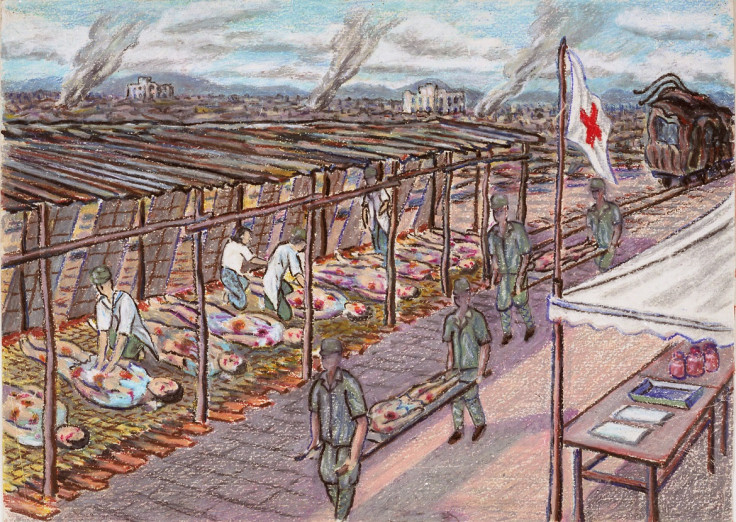
The controversial nuclear bombing of Hiroshima on the morning of 6 August, in 1945, killed between 60,000 and 80,000 people instantly. The final death toll was 135,000 as thousands died later from radiation sickness.
Not only were Hiroshima residents affected but also Koreans who were sent as labourers and American prisoners-of-war.
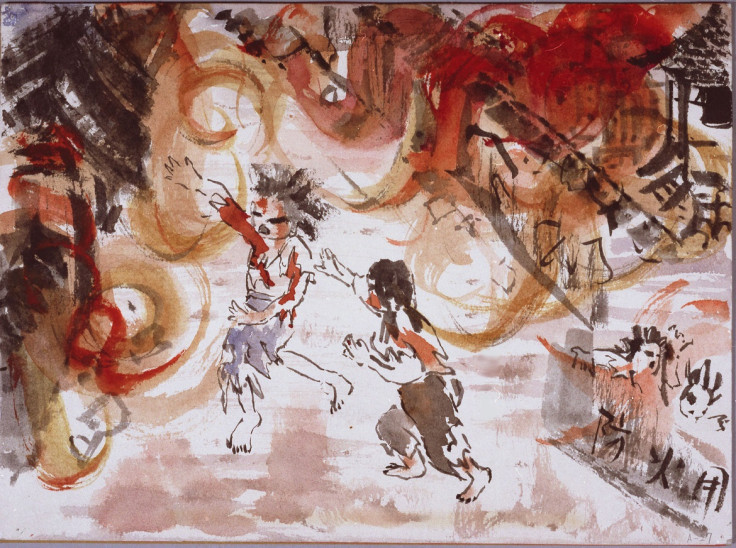
Another bomb nicknamed Fat Man was dropped in nearby Nagasaki, an important port, which killed another 40,000 people and destroyed a third of the city. The final death toll was 50,000.
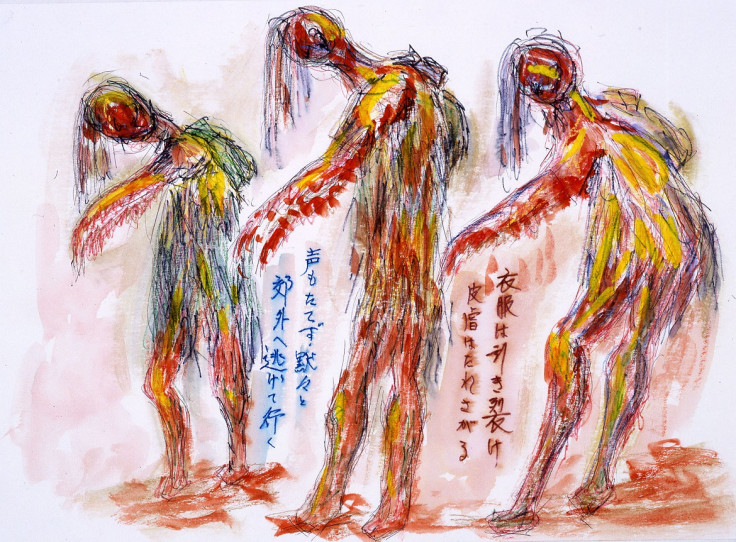
According to historian, J. Samuel Walker, there were several reasons US president Harry S Truman decided to bomb Japan. Firstly, to bring an immediate end to the war with the fewest number of US casualties, secondly to assert its military capacity over the Soviets and lastly as a response to Pearl Harbour. He has been quoted as saying: "When you have to deal with a beast you have to treat him as a beast."
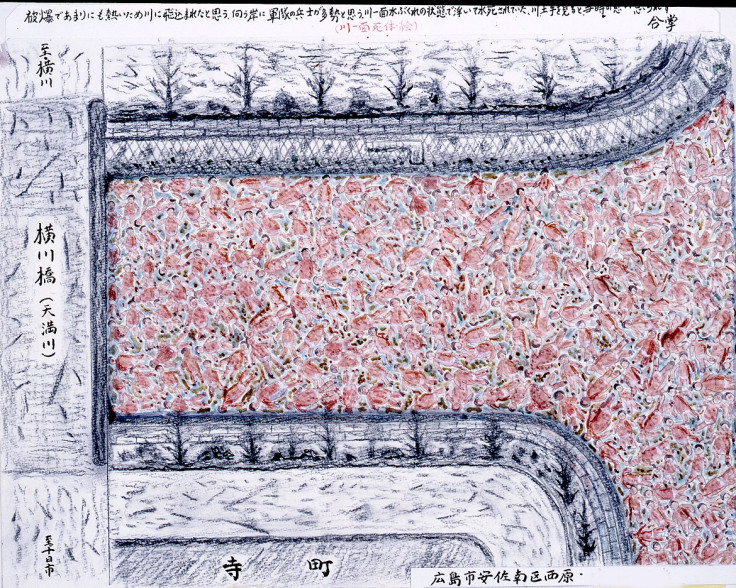
But the ethical and military grounds of the bombing are still debated today when it seemed clear that Japan was losing the war.
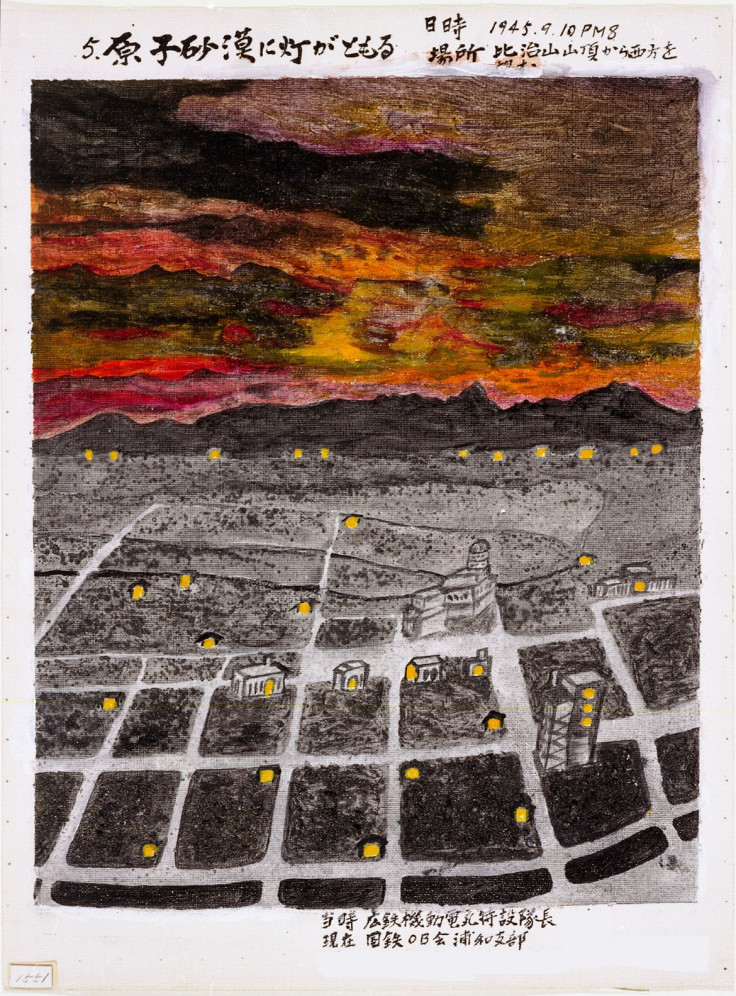
© Copyright IBTimes 2025. All rights reserved.




















